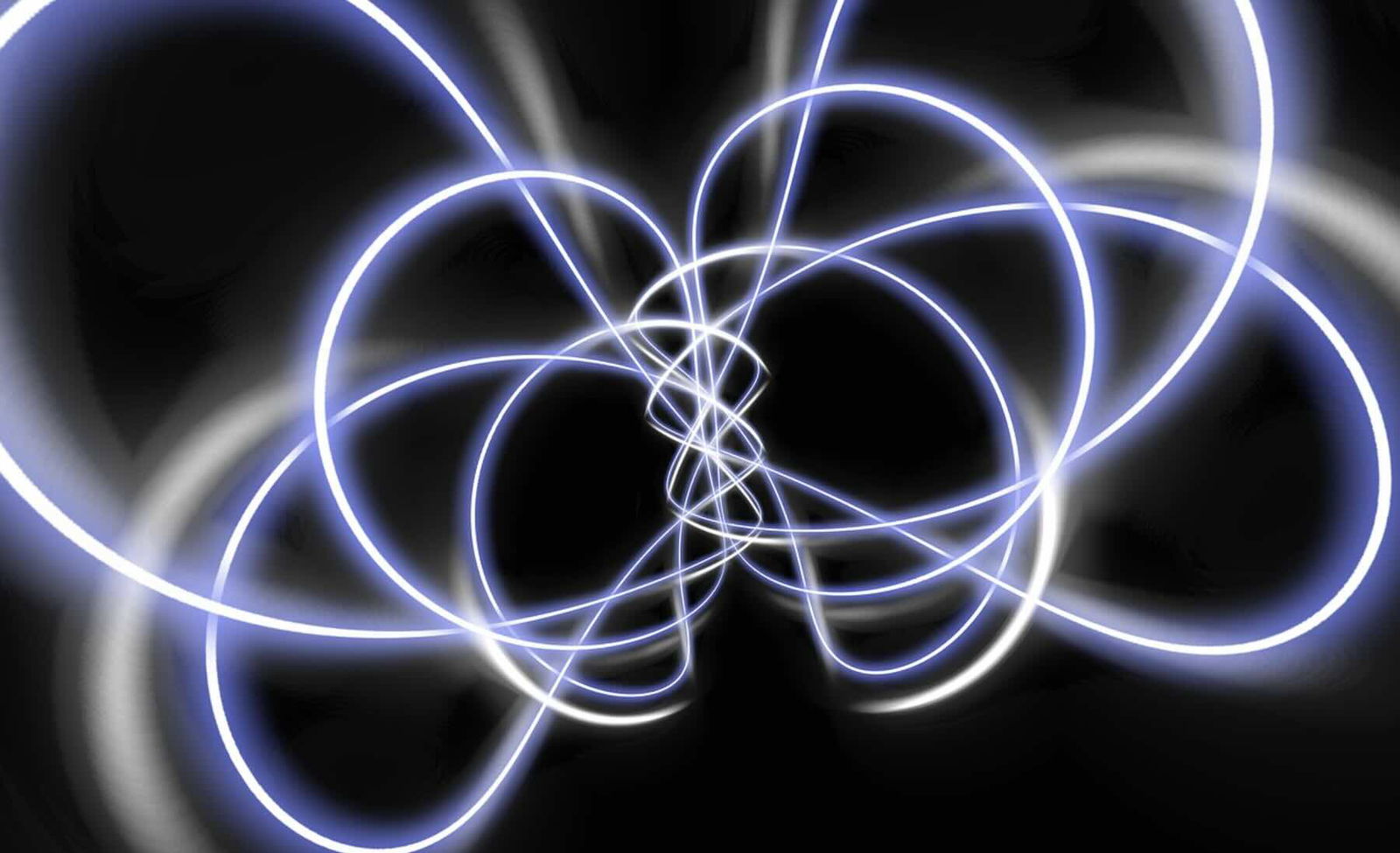A long-dismissed idea involving “cosmic knots” could help explain several of the universe’s most perplexing mysteries—including the origins of neutrino masses, dark matter, and the imbalance between matter and antimatter.
In 1867, Lord Kelvin suggested that atoms might consist of knots in the aether, a theory that was quickly disproven. Now, scientists at Hiroshima University have revived the concept in a modern particle physics context, showing that such knots may naturally arise in the early universe and help fill key gaps in the Standard Model.
Cosmic Knots
In a study published in Physical Review Letters, the Hiroshima University team suggests that the turbulent early universe may have been dominated by these knots. However, unlike Kelvin’s vision of atoms as knotted building blocks of matter, the researchers’ model provides the first realistic demonstration that knots could have played a crucial role in the universe’s formation. According to their calculations, these theoretical structures would have collapsed in a way that favored matter over antimatter—producing a subtle “hum” that future observations might detect.
“This study addresses one of the most fundamental mysteries in physics: why our Universe is made of matter and not antimatter,” said co-author Muneto Nitta, professor at Hiroshima University’s International Institute for Sustainability with Knotted Chiral Meta Matter (WPI-SKCM2) in Japan. Nitta collaborated with Minoru Eto of WPI-SKCM2 and Yu Hamada of Germany’s DESY (Deutsches Elektronen-Synchrotron), all three of whom are also affiliated with Keio University.
“This question is important because it touches directly on why stars, galaxies, and we ourselves exist at all,” Nitta added.
Big Bang Symmetry
According to the Standard Model, the Big Bang should have produced equal amounts of matter and antimatter that annihilated into radiation. Yet today’s universe is overwhelmingly composed of matter—the result of one surviving matter particle for every billion matter-antimatter pairs. Explaining this asymmetry, a process known as baryogenesis, remains one of the great challenges of modern physics.
To address this, the researchers explored two theoretical extensions to the Standard Model: Baryon Number Minus Lepton Number (B–L) symmetry and Peccei–Quinn (PQ) symmetry. When combined, these frameworks could produce the cosmic knots responsible for the matter surplus.
PQ symmetry helps resolve the so-called strong CP problem, in which observed neutrons lack the tiny electric dipole moments predicted by theory. It also predicts axions—hypothetical particles considered prime candidates for dark matter. Meanwhile, B–L symmetry offers an explanation for neutrino masses, describing how these ghostly particles can pass through planets while still possessing mass.
Using a technique known as gauging, the team allowed B–L symmetry to act locally in spacetime while PQ symmetry remained global. This ensured the presence of heavy right-handed neutrinos to resolve anomalies in B–L symmetry and created a superconducting state capable of generating magnetic fields — conditions conducive to forming cosmic knots.
Cosmic Strings
One potential signature of these processes would be cosmic strings—ultra-thin defects in spacetime, each inch containing more mass than a mountain. Much like cracks forming in ice as it cools, these strings could have emerged as the universe expanded and cooled, leaving behind a tangled web reflecting its earliest conditions.
By merging the two symmetries, the researchers found that B–L symmetry generated magnetic flux tube strings compatible with the flux-free superfluid vortices of PQ symmetry. The interaction between the two created a stable, charged knot known as a soliton.
“Nobody had studied these two symmetries at the same time,” Nitta said. “That was kind of lucky for us. Putting them together revealed a stable knot.”
The team proposes that soon after the Big Bang, such knots dominated the universe, fading more slowly than radiation. Quantum tunneling later unraveled them, causing their collapse into heavy right-handed neutrinos. These particles then decayed into lighter, stable forms biased toward matter—setting the stage for the universe we observe today.
“Basically, this collapse produces a lot of particles, including the right-handed neutrinos, the scalar bosons, and the gauge boson, like a shower,” co-author Hamada explained. “Among them, the right-handed neutrinos are special because their decay can naturally generate the imbalance between matter and antimatter. These heavy neutrinos decay into lighter particles, such as electrons and photons, creating a secondary cascade that reheats the universe.”
Seeking Knot Evidence
The team’s calculations show that this sequence would have produced the universe at precisely the right temperature for matter to form. “In this sense,” Hamada said, “they are the parents of all matter in the universe today, including our own bodies, while the knots can be thought of as our grandparents.”
As a side effect, their work indicates that the universe’s gravitational-wave chorus would have shifted to a higher frequency at the time, which interferometer observatories in the future may be able to detect.
“Cosmic strings are a kind of topological soliton, objects defined by quantities that stay the same no matter how much you twist or stretch them,” Eto said. “Even though the work is still theoretical, the underlying topology doesn’t change, so we see this as an important step toward future developments.”
“The next step is to refine theoretical models and simulations to better predict the formation and decay of these knots, and to connect their signatures with observational signals,” Nitta said. “In particular, upcoming gravitational-wave experiments such as LISA, Cosmic Explorer, and DECIGO will be able to test whether the Universe really passed through a knot-dominated era.”
By continuing their work, the researchers hope to conclusively demonstrate whether knots played a fundamental role in forging our matter-dominated, observable universe.
The paper, “Tying Knots in Particle Physics,” appeared in Physical Review Letters on August 29, 2025.
Ryan Whalen covers science and technology for The Debrief. He holds an MA in History and a Master of Library and Information Science with a certificate in Data Science. He can be contacted at ryan@thedebrief.org, and follow him on Twitter @mdntwvlf.


